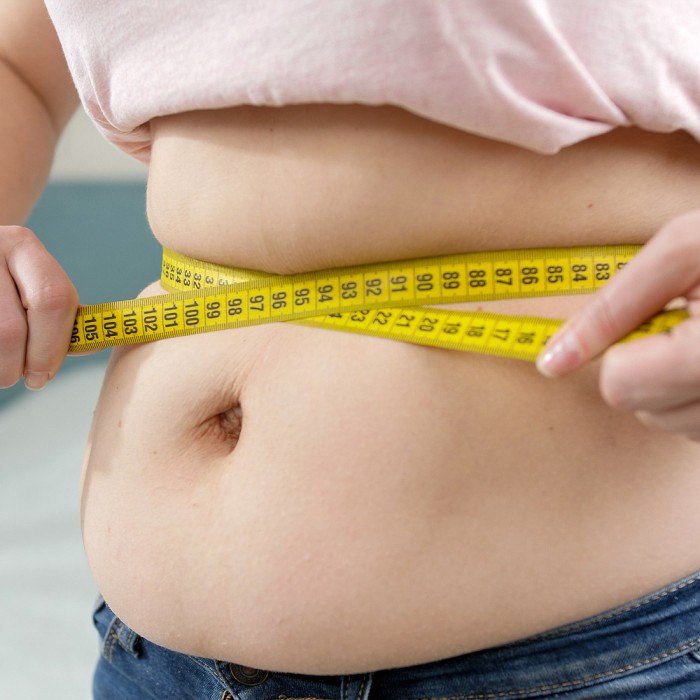What Is Liposuction
Liposuction is a surgical procedure that uses a suction technique to remove fat from distinct body areas, such as the abdomen, hips, thighs, arms or neck. Liposuction also contours these areas. Liposuction is also famous with other names. Other names for liposuction include lipoplasty and body contouring.
Liposuction is not an overnight solution for weight loss. If you're overweight, you're likely to lose more weight through diet and exercise or bariatric procedures — such as gastric bypass surgery — than you would with liposuction.
If you have too much body fat in specific spots, you may opt to be liposuction included you have stable body weight.

Why Liposuction?
Liposuction is to remove fat from areas of the body which you haven't been exercising for a long time, such as:
- Abdomen
- Upper arms
- Buttocks
- Thighs
- Calves and ankles
- Back
- Chest
- Hips
- Chin
- Neck

Tell Us your requirements
In addition, you may count in for liposuction. If you gain weight, fat cells increase in size and occupy more space. Liposuction reduces the number of fat cells in a particular area. The amount of fat removed depends on the appearance of the site and the volume of fat. The resulting contour changes are generally permanent — as long as your weight remains stable.
After liposuction, the skin makes itself to the new contours of the treated areas. If you have much skin tone and elasticity, the skin is likely to appear smooth. However, if your skin is thin with poor elasticity, the skin in the treated areas may appear loose.
Liposuction doesn't improve cellulite dimpling or other skin surface flaws. Likewise, liposuction doesn't remove stretch marks.
To be a candidate for liposuction, you must be in good health without conditions that could complicate surgery — such as restricted blood flow, coronary artery disease, diabetes or a weak immune system.
During the procedure
Few liposuction procedures require only local or regional anaesthesia — numbness limited to a specific area of your body. Other programs may necessitate general anaesthesia, which induces a transient state of unconsciousness. You may be given a medication, typically through an injection, to help you remain relaxed.
The surgical team will monitor your heart rate, blood pressure and blood oxygen level throughout the procedure. If you are given local anaesthesia and feel pain during the process, tell your surgeon. The medication or motions may need adjustment.
The procedure may last up to several hours, depending on the extent of fat removal.
If you go for general anaesthesia, you'll wake in a recovery room. You'll typically spend a few hours in the hospital for your recovery.
After the procedure
Expect some pain, swelling and bruising after the procedure. Your surgeon may prescribe medication to help control the pain and antibiotics to reduce the risk of infection.
After the procedure, the surgeon may leave your incisions open and place temporary drains to promote fluid drainage. You usually need to wear tight compression garments, which help reduce swelling, for a few weeks.
You may need to wait a few days before returning to work and a few weeks before resuming your normal activities — including exercise.
During this time, expect some contour irregularities as the remaining fat settles into position.
Results
The swelling subsides within a few weeks after the surgery. By this time, the specific area should look less extensive. Within many months, expect the treated area to have a leaner appearance.
t's natural for skin to lose some stability with ageing, but liposuction results are very long-lasting as long as you maintain weight. If you gain weight after liposuction, your fat pattern may change
